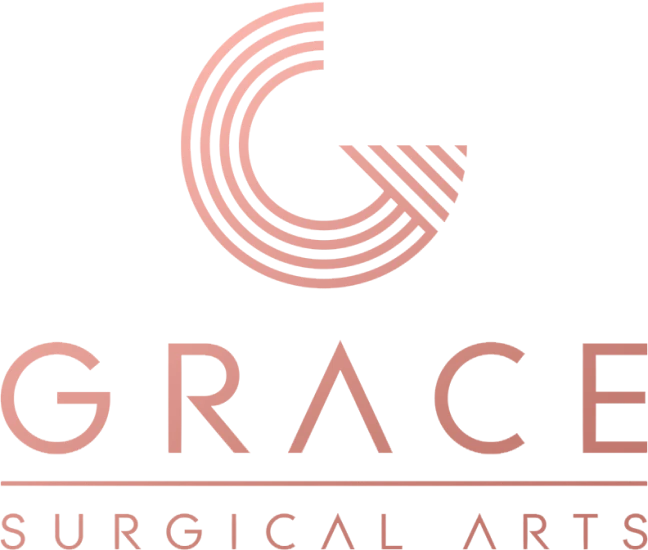Introduction to General Procedures
Sometimes, we just need extra support when it comes to the small details concerning our bodies. That’s why Dr. Valina graciously offers procedures such as hernia repairs, biopsies, mole removal, and more, to give her patients peace of mind, no matter the concern.
Grace Surgical Arts
